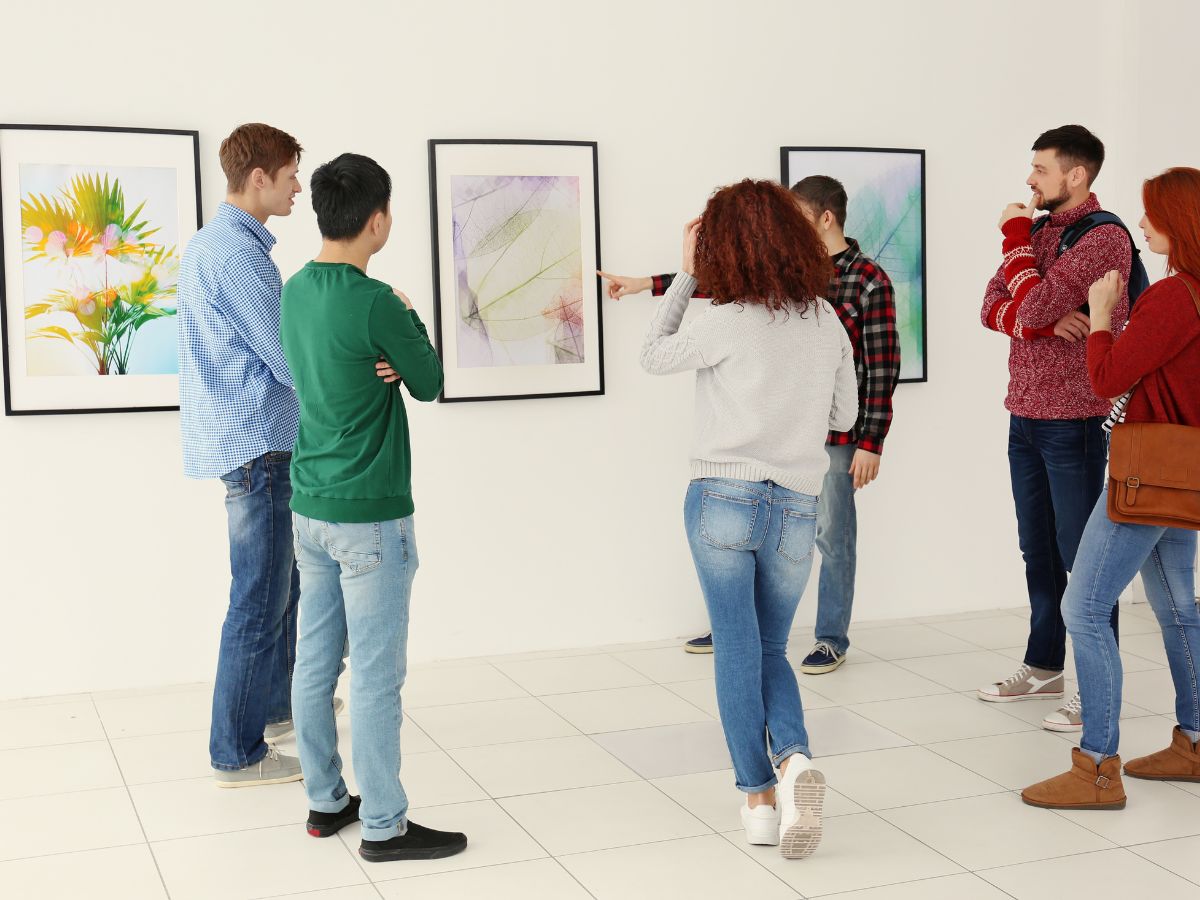
Engaging Younger Audiences: Strategies for Art Galleries and Studios
Attracting younger audiences, particularly Millennials and Generation Z, is essential for the vitality and sustainability of art galleries and studios. These generations, born between 1981 and 2012, are reshaping the art market with their preferences and behaviors. To connect effectively with them, consider the following strategies:
1. Leverage Social Media Platforms
Younger generations are digital natives, spending a significant amount of time on social media. A recent Harris Poll found that, “Nine in 10 adult Gen Z (94%) associate social media use with the word entertaining, and 76% of those who use social media use it as an entertainment source.”

Platforms like Instagram, TikTok, and YouTube are instrumental in discovering and engaging with art. By maintaining an active and authentic presence on these platforms, galleries can showcase their collections and events, making art more accessible and relatable.
For example, the National Gallery in London collaborated with influencers to modernize its image and connect with younger audiences.
2. Offer Interactive and Immersive Experiences
Interactive exhibits and immersive art experiences resonate well with younger visitors. Engaging installations that encourage participation can create memorable experiences, fostering a deeper connection to the art. Incorporating technology, such as virtual reality or interactive displays, can also enhance engagement.
3. Implement Flexible and Extended Hours
Adapting operating hours to accommodate the schedules of younger audiences can increase attendance. Evening or weekend hours provide opportunities for those with daytime commitments to visit.
The American Alliance of Museums suggests reconsidering opening hours to make venues more accessible to students and young professionals.
4. Provide Affordable Access
Financial constraints can be a barrier for younger audiences. Offering discounted or free admission can encourage visits. The Whitney Museum of American Art in New York implemented free admission for individuals aged 25 and under, aiming to attract a more diverse and younger audience. There are other museums in New York, New Jersey, and California that offer free entrance to the public.
5. Curate Relevant and Diverse Exhibitions
Showcasing diverse artists and themes that reflect contemporary issues can make exhibitions more relatable to younger visitors. Incorporating art that addresses social, environmental, or cultural topics can spark interest and dialogue among Millennials and Gen Z.
6. Foster Community and Inclusivity
Creating a welcoming environment that encourages community engagement is important. Hosting workshops, artist talks, and collaborative projects can build a sense of belonging. Engaging with local schools and universities can also strengthen community ties and attract younger audiences.
7. Utilize Data-driven Marketing
Understanding the preferences and behaviors of younger demographics through data analysis can inform effective marketing strategies. Tailoring content and outreach efforts based on this information ensures that marketing resonates with the target audience.
Art galleries and studios can create meaningful connections with younger audiences by using these strategies. These tips will help ensure their relevance and sustainability in a rapidly evolving cultural landscape.
